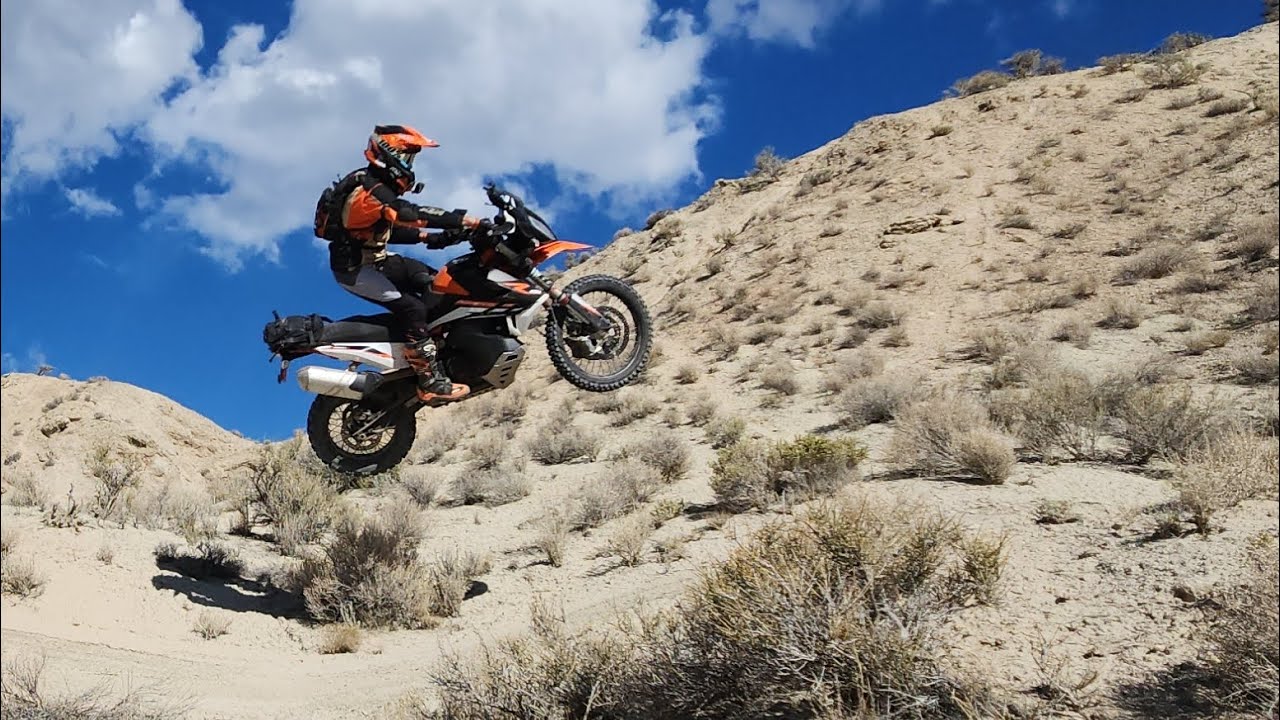Honda VFR 400 NC30 Painstakingly Brought Back from the Rusty Dead
Although there are few things worse to see than a run-down, decrepit motorcycle, there are few things more satisfying than seeing one restore

The Honda VFR 400 NC30 is a product of one of motorcycling’s golden ages, particularly the golden age of the Japanese sports bike.
While a contemporary V4 is either found in an Italian supersports bike/superbike that costs a million-billion or an underpowered Chinese cruiser, back in the 1990s Honda put V4s in its own high-end sports bikes, including the VFR 400 NC30.
The NC30 was a milestone bike in the VFR range because it introduced a 360-degree crankshaft. The engine also used gear-driven cams, which created a kind of whining sound during operation, a sound it shared with the larger VFR 750 RC30, which was Honda’s original WorldSBK weapon, winning the inaugural title with Fred Merkel in 1988.
Effectively, the NC30 was the RC30 for Japanese youngsters prohibited from riding anything above 400cc by motoring laws in the country, which state that only people aged 18 and over can obtain a licence to ride a motorcycle larger than 400cc.
Although only quite small, the NC30 was capable of almost 60bhp, making it just a notch more entertaining to ride than what Honda is offering 16-year-olds in Japan today - the newly announced Honda CBR400R twin-cylinder sports bike produces about 46bhp but is aimed at the same 16-18 audience based on the same Japanese regulations as the NC30 was three decades ago.
However, as amazing and iconic as the 399cc V4 in the NC30 was and is, it certainly wasn’t any of those things in the case of the example restored by the YouTuber RRC Restoration when he first got his hands on it. In fact, it didn’t run at all.
So bad, in fact, was the condition of the bike, that it required a full tear down, with even the chassis bolts needing replacing.
Unhappy with simply getting the bike running again, and un-sticking the brakes, RRC Restoration also went to the extent of swapping out the black wheels for white and replacing the original black-and-silver paint with a new red-white-and-blue HRC-style scheme that is much more similar to the iconic look most often associated with the RC30, complete awesome VFR and Honda logos on the fairing.
To give a vague idea of the time and effort put into this rebuild, the YouTube series that documents the restoration from start to finish is eight episodes long and spanned seven months. We’ve embedded the first and eighth episodes here, but all eight are bundled together in a handy playlist on RRC’s YouTube channel.
Find all the latest motorcycle news on Visordown.

.png?width=1600)